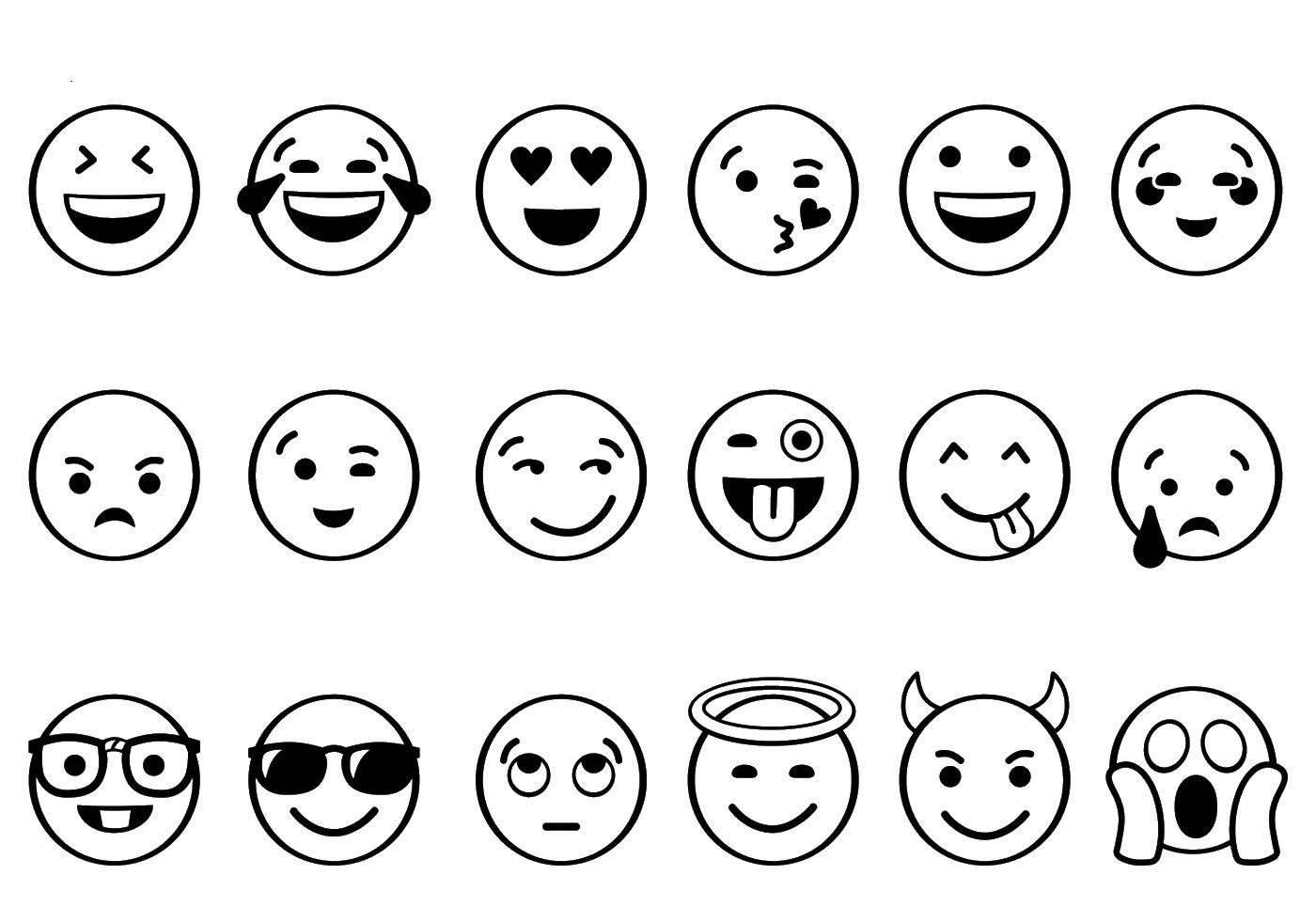How to draw with depth
Table of Contents
Table of Contents
Are you tired of your drawings looking flat and lacking depth? Do you want to take your art to the next level? Learning how to draw depth perception can be challenging, but with a few tips and tricks, you can create artwork with a sense of realism and depth that will impress your audience.
The Importance of Depth Perception in Art
Without depth perception, your drawings can end up looking two-dimensional and unrealistic. This can be frustrating for artists who want to create artwork with a sense of depth and dimensionality. Adding depth perception to your drawings can help your artwork stand out and bring your illustrations to life.
Understanding Linear Perspective
One of the best ways to create depth perception in your drawings is through the use of linear perspective. Linear perspective is a drawing technique that uses imaginary lines to create the illusion of depth and space on a two-dimensional surface.
To start, you’ll need to understand the basic principles of linear perspective. The primary elements of linear perspective are the horizon line, vanishing points, and converging lines.
 The horizon line is where the sky meets the ground in your drawing. Vanishing points are points on the horizon line where converging lines meet. Converging lines are diagonal lines in your drawing that appear to converge as they recede into the distance.
The horizon line is where the sky meets the ground in your drawing. Vanishing points are points on the horizon line where converging lines meet. Converging lines are diagonal lines in your drawing that appear to converge as they recede into the distance.
Tips for Creating Depth Perception in Your Drawings
Now that you understand the basics of linear perspective, here are a few tips you can use to create depth perception in your drawings:
- Use overlapping shapes to create a sense of depth and dimensionality.
- Scale objects in your drawing to make them appear larger or smaller, depending on their distance from the viewer.
- Use shadows and highlights to create the illusion of depth and three-dimensionality.
- Pay attention to atmospheric perspective, which is the way distant objects appear lighter and less detailed than closer objects.
My Experience with Drawing Depth Perception
When I first started drawing, my artwork looked flat and lifeless. It wasn’t until I learned about linear perspective and started incorporating it into my drawings that I was able to create artwork with a sense of depth and realism. By using overlapping shapes, scaling objects, and paying attention to atmospheric perspective, I was able to take my artwork to the next level.
The Role of Color in Creating Depth Perception
While linear perspective is an essential tool for creating depth perception, color can also play a significant role in bringing your drawings to life. By using warm colors for foreground objects and cool colors for distant objects, you can create the illusion of depth and dimensionality.
Tips for Using Color to Create Depth Perception
- Use warmer colors for objects closer to the viewer, as they will appear larger and more prominent.
- Use cooler colors for distant objects, as they will appear smaller and less detailed.
- Use a limited color palette to create a cohesive and visually appealing drawing.
Question and Answer
Q: How can I make my drawings appear more three-dimensional?
A: One of the best ways to make your drawings appear more three-dimensional is to use linear perspective. By understanding the basic principles of linear perspective, you can create the illusion of depth and space in your artwork.
Q: What is atmospheric perspective?
A: Atmospheric perspective is the way distant objects appear lighter and less detailed than closer objects. By using atmospheric perspective in your drawings, you can create the illusion of depth and distance.
Q: How important is color in creating depth perception?
A: While linear perspective is an essential tool for creating depth perception, color can also play a significant role in bringing your drawings to life. By using warm colors for foreground objects and cool colors for distant objects, you can create the illusion of depth and dimensionality.
Q: What is the best way to learn how to draw depth perception?
A: The best way to learn how to draw depth perception is through practice and observation. Look at the work of other artists, study the basic principles of linear perspective, and experiment with different color palettes and drawing techniques. With time and dedication, you can master the art of creating depth perception in your drawings.
Conclusion of How to Draw Depth Perception
Learning how to draw depth perception can be challenging, but it’s an essential skill for any artist who wants to create realistic and visually appealing artwork. By understanding the basic principles of linear perspective, paying attention to atmospheric perspective, and using color to create depth perception, you can take your drawings to the next level and impress your audience with your artistic talent.
Gallery
How To Draw With Depth | Drawing Tips - YouTube

Photo Credit by: bing.com / depth drawing draw
The Use Of Depth Perception In Drawing Is So Phenomenal. - Pracht

Photo Credit by: bing.com / drawing zebra depth perception 3d cool draw drawings awesome so pencil coming things sketch learn off steps easy when perspective
How Do Artists Create The Illusion Of Depth On A Flat Surface? - Quora
Photo Credit by: bing.com / depth illusion flat surface artists create
Drawing Tutorial: How To Draw Depth | Space Drawings, Drawings

Photo Credit by: bing.com /
Theme #2: Linear Perspective | Elements Of Art, Teaching Art, Perspective

Photo Credit by: bing.com / perception depth perspective linear example distance space drawing road trees psychology tree choose board theslideprojector






